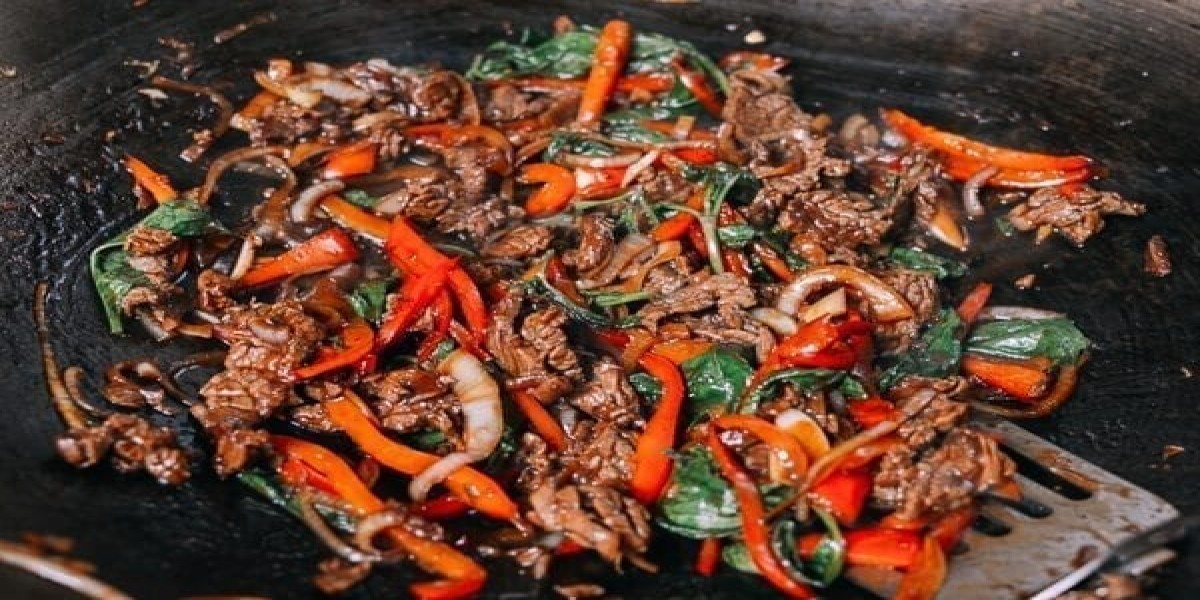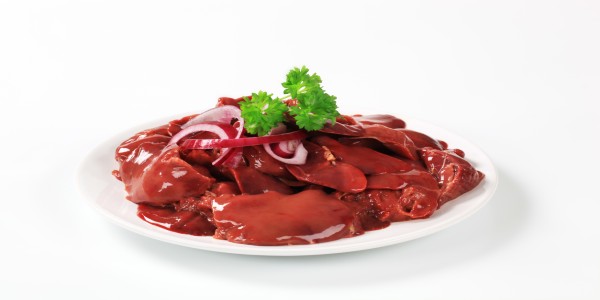Thai Basil Beef Stir-Fry: A Flavorful Culinary Adventure
Embark on a tantalizing journey as we delve into the intricacies of crafting the perfect Thai Basil Beef Stir-Fry. This delectable dish is not only a feast for the taste buds but also a testament to the art of combining savory ingredients. Join us as we unravel the secrets behind this mouthwatering Thai delicacy.
Breaking down the taste elements - sweet, spicy, savory
In the realm of culinary delights, understanding the intricate dance of taste elements is essential to crafting a truly sensational dish. The art of balancing sweet, spicy, and savory flavors is akin to composing a symphony where each note contributes to the harmonious whole.
Let's begin with the sweetness—the indulgent, comforting note that caresses the palate. Whether it's the natural sugars of fruits or the caramelization of certain ingredients, sweetness adds depth and roundness to a dish. Think of a perfectly ripe mango in a Thai curry, infusing a subtle sweetness that complements the spiciness and savory undertones.
Moving on to the spice, a sensation that awakens the taste buds and adds that exciting kick to your culinary creation. Thai cuisine, renowned for its bold and vibrant flavors, often incorporates spices like chili peppers to bring the heat. The interplay between sweet and spicy creates a dynamic flavor profile, ensuring each bite is a journey of sensations.
Savoriness, often referred to as umami, is the savory, rich taste that lingers on the tongue. This can be achieved through ingredients like soy sauce, fish sauce, or slow-cooked meats. The umami element acts as the anchor, grounding the dish and providing a satisfying depth that leaves a lasting impression.
Discussing the role of Thai basil in elevating the dish's aroma
Enter Thai basil, a culinary gem that not only tantalizes the taste buds but also elevates the olfactory experience of a dish. The aromatic prowess of Thai basil is unparalleled, infusing a fragrant complexity that transforms a simple meal into a sensory adventure.
Unlike its sweet basil counterpart, Thai basil boasts a distinct flavor profile with notes of licorice and spice. It's this unique combination that makes it a staple in Thai cuisine, where it plays a crucial role in enhancing the overall aroma of a dish.
Picture a steaming bowl of Thai basil chicken stir-fry—the sizzle of the wok releases the essential oils from the basil leaves, creating an intoxicating aroma that wafts through the kitchen. This aromatic dance continues as the dish is served, enveloping diners in a cloud of enticing fragrance before the first bite.
The key lies in using Thai basil fresh, as its volatile oils are most potent in their natural state. Whether scattered on top of a curry or woven into a noodle dish, Thai basil acts as a culinary maestro, conducting the symphony of scents that accompanies a memorable dining experience.
How the combination of ingredients creates a symphony of flavors
Now, let's delve into the alchemy that occurs when a diverse array of ingredients comes together to create a symphony of flavors. In the culinary world, it's not just about individual components; it's about how they harmonize to produce a taste sensation greater than the sum of its parts.
Imagine a classic Thai green curry—coconut milk provides a creamy, luscious base, while green chilies bring the heat. Lemongrass and kaffir lime leaves contribute citrusy and herbal notes, respectively, enhancing the overall freshness. The ensemble of ingredients, from galangal to fish sauce, melds together to form a melody of flavors that dance on the taste buds.
The beauty of this symphony lies in its complexity. Each ingredient has a role, a purpose that contributes to the overall composition. It's the interplay between textures and tastes—the crunch of vegetables, the tenderness of protein, the burst of fresh herbs—that creates a multi-dimensional culinary experience.
Whether it's the umami richness of soy sauce balancing the sweetness of pineapple in a Thai sweet and sour dish or the marriage of lime and chili in a zesty dipping sauce, the combination of ingredients is the heart of flavor creation.
Detailed Step-by-Step Guide on Prepping Ingredients
To embark on the culinary journey of crafting the perfect Thai Basil Beef Stir-Fry, meticulous preparation is the key. Follow these steps to ensure a seamless cooking experience that results in a dish bursting with flavor.
Frequently Asked Questions (FAQs)
Q: Can I use regular basil instead of Thai basil?
Absolutely, but Thai basil adds a unique flavor profile that enhances the authenticity of the dish.
Q: Is Thai Basil Beef Stir-Fry spicy?
The level of spice is customizable, but traditionally, a hint of spice adds an extra layer of flavor.
Q: Can I substitute beef with other proteins?
Certainly, while beef is classic, you can experiment with chicken, tofu, or shrimp for a personalized touch.
Q: How do I store leftover Thai Basil Beef Stir-Fry?
Store in an airtight container in the refrigerator for up to 2 days for optimal freshness.
Q: Can I make this dish vegetarian?
Absolutely, replace the beef with tofu or an assortment of colorful vegetables for a delightful vegetarian version.
Q: What type of rice pairs best with Thai Basil Beef Stir-Fry?
Jasmine rice complements the dish, enhancing the overall dining experience.
Conclusion
In conclusion, Thai Basil Beef Stir-Fry is more than a culinary delight; it's a celebration of flavors, cultures, and the joy of cooking. Whether you're a novice or an experienced chef, this recipe invites you to explore the richness of Thai cuisine in the comfort of your kitchen.









